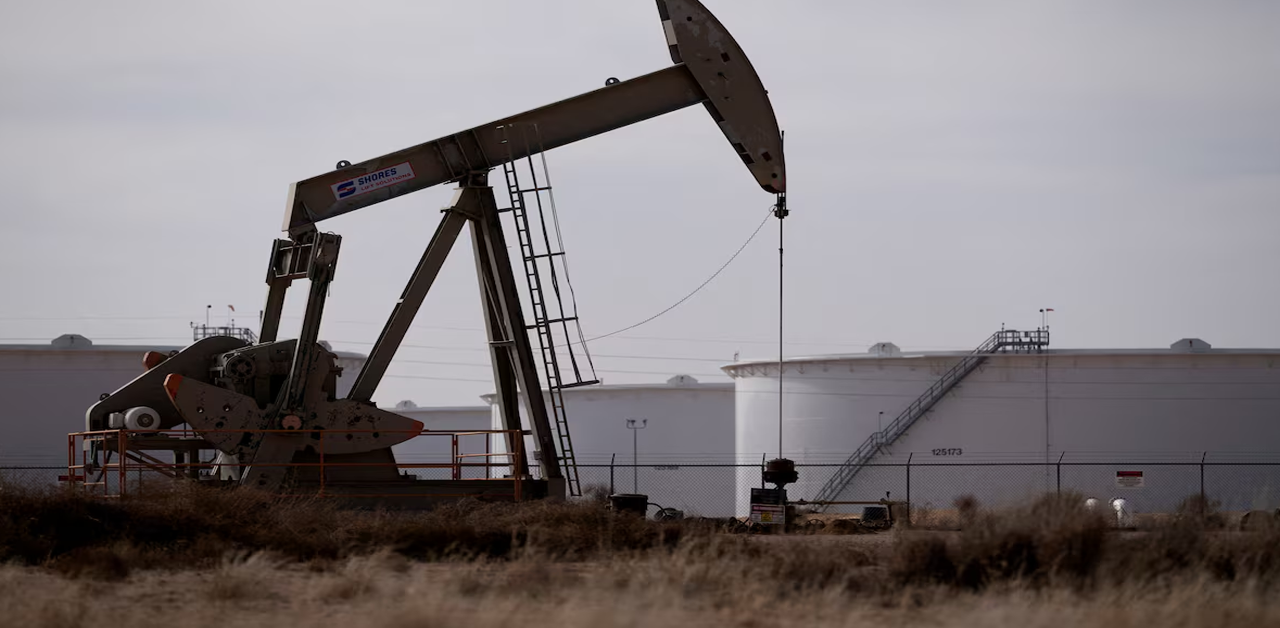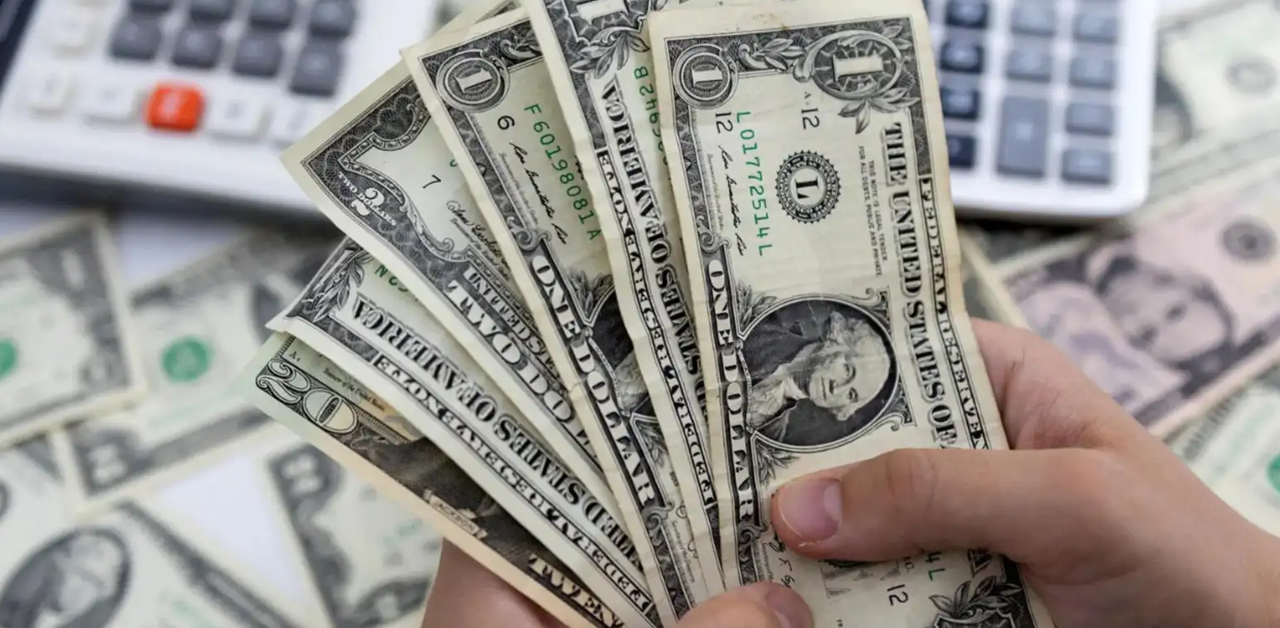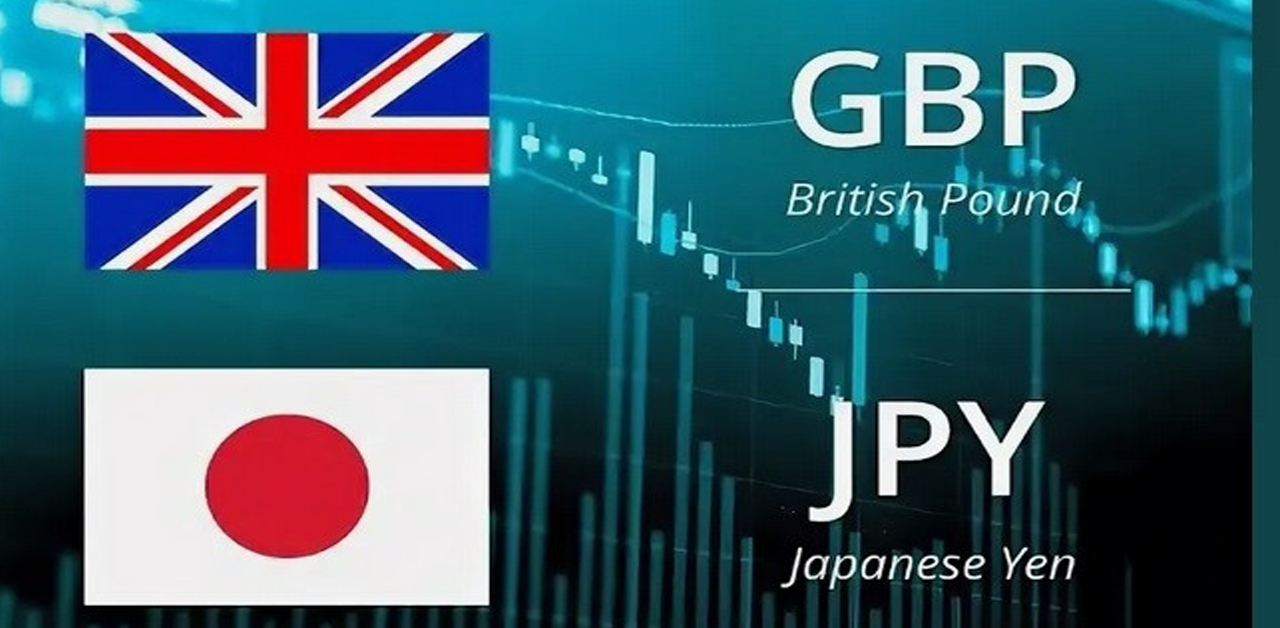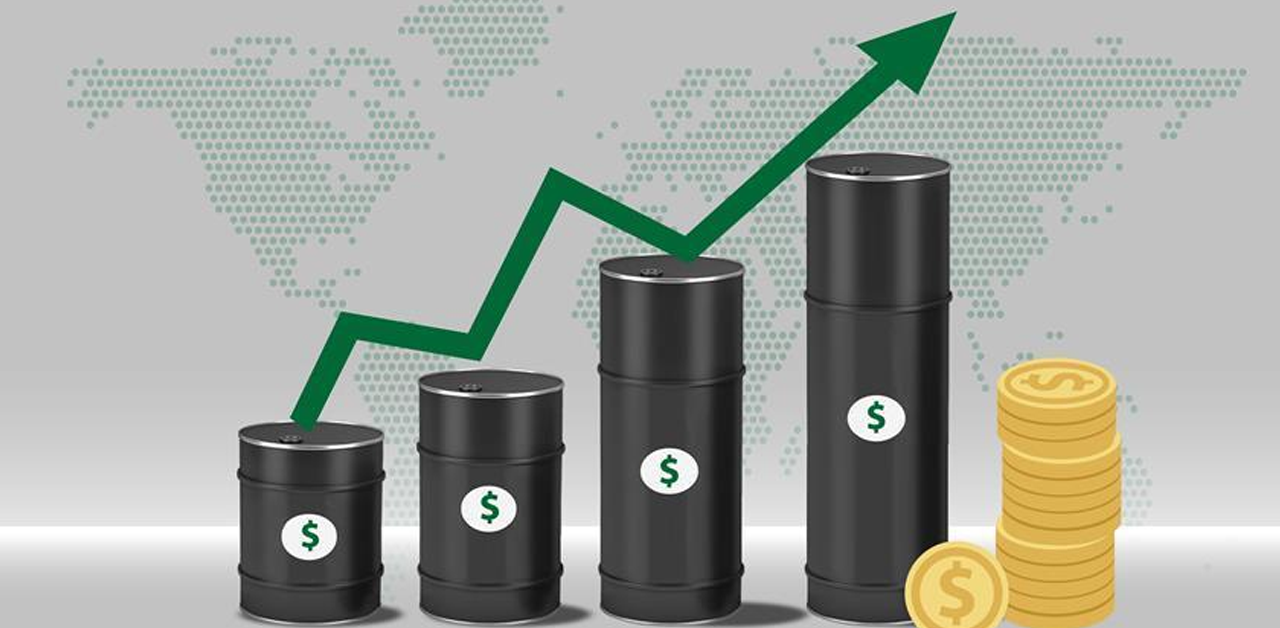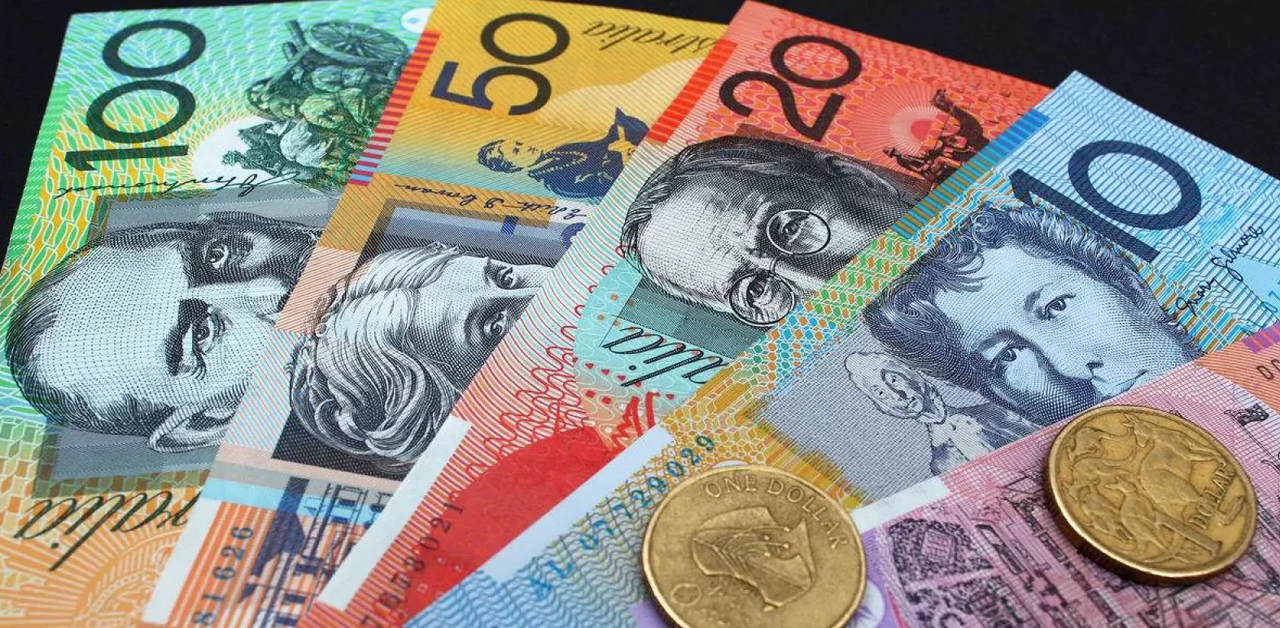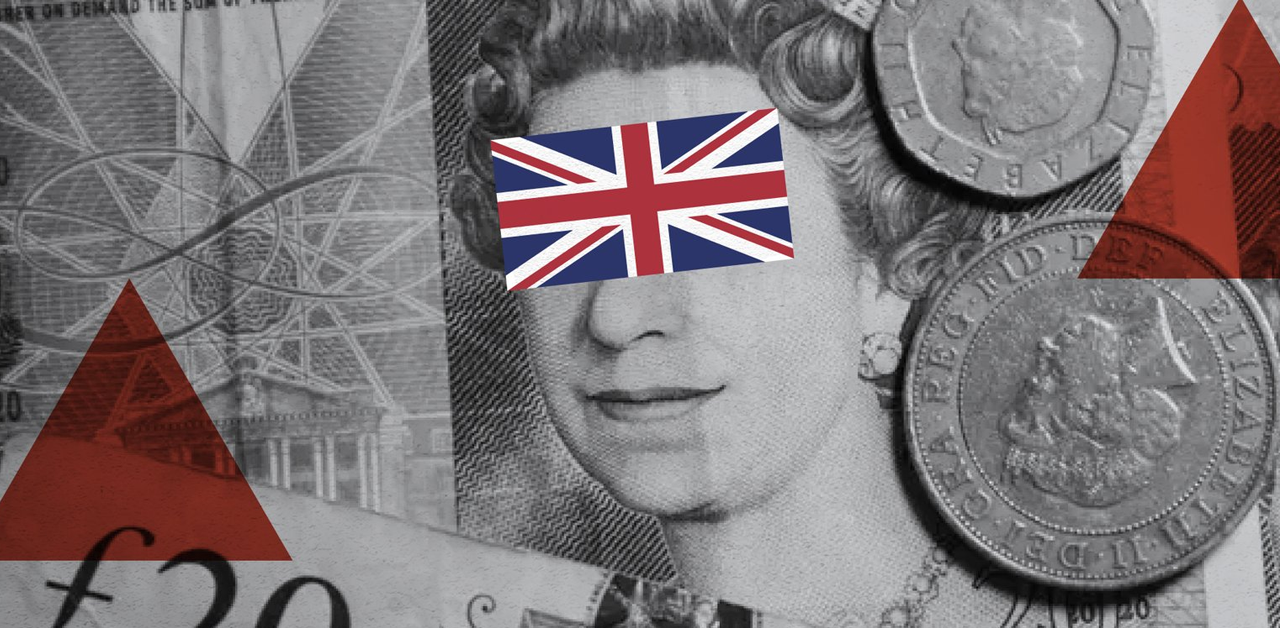Australian Dollar Strengthens Amid Improved Risk Sentiment and Hawkish RBA Stance
The Australian Dollar (AUD) extended its winning streak against the US Dollar (USD) for the third consecutive day on Monday, driven by improved risk sentiment and a hawkish outlook from the Reserve Bank of Australia (RBA). Investors are now eagerly awaiting the RBA Meeting Minutes and the People’s Bank of China’s (PBoC) Interest Rate Decision on Tuesday for further insights.
RBA Governor Michele Bullock emphasized on Friday that the central bank is focused on potential upside risks to inflation and does not foresee any rate cuts in the near future. According to ABC News, Bullock stated that the RBA board believes it has found the right balance between controlling inflation and maintaining economic stability.
The US Dollar faces downward pressure due to increasing expectations that the Federal Reserve (Fed) might cut interest rates starting in September. Recent US economic data showed Retail Sales surpassing expectations, while both the Producer Price Index (PPI) and Consumer Price Index (CPI) suggested that inflation is easing. Additionally, July’s Housing Starts fell to their lowest level since 2020. This week, the market will focus on Federal Reserve Chair Jerome Powell’s upcoming speech.
Daily Market Movers: Australian Dollar Rises Amid Hawkish RBA Outlook
San Francisco Fed President Mary Daly emphasized on Sunday the need for a gradual approach to reducing borrowing costs, pushing back against concerns of a sharp economic slowdown that might justify rapid rate cuts. Meanwhile, Chicago Fed President Austan Goolsbee warned that maintaining a restrictive policy for too long could harm the labor market, highlighting the uncertainty surrounding the Fed’s next move.
In the US, Housing Starts dropped by 6.8% in July, following a 1.1% increase in June. However, the University of Michigan’s Consumer Sentiment Index rose to 67.8 in August, marking its first increase in five months and exceeding expectations.
US Retail Sales also saw a 1.0% month-over-month increase in July, rebounding from June’s 0.2% decline and surpassing the forecasted 0.3% rise. Initial Jobless Claims for the week ending August 9 came in at 227,000, better than anticipated and down from the previous week’s 234,000.
The People’s Bank of China (PBoC) announced on Thursday plans to renew the medium-term lending facility funds maturing on August 15th and conducted open market operations, lending CNY 577.7 billion (USD 80.9 billion) through seven-day reverse bond repurchase agreements at a maintained rate of 1.7%. Changes in China’s economy could significantly impact the Australian market due to close trade ties between the two countries.
US headline CPI rose by 2.9% year-over-year in July, slightly down from the 3% increase in June and below market expectations. The Core CPI, excluding food and energy, rose by 3.2% year-over-year, a slight decrease from the 3.3% rise in June but in line with forecasts.
Technical Analysis: Australian Dollar Targets 0.6700
The Australian Dollar is trading around 0.6680 on Monday, showing an upward trend within an ascending channel on the daily chart, indicating a bullish bias. The 14-day Relative Strength Index (RSI) is also moving towards the 70 mark, supporting the current bullish momentum.
On the upside, the AUD/USD pair could target the upper boundary of the ascending channel near the 0.6740 level. A breakout above this channel could push the pair towards its seven-month high of 0.6798, last seen on July 11.
For support, the lower boundary of the ascending channel around 0.6630 serves as the immediate support level, followed by the nine-day Exponential Moving Average (EMA) at 0.6618. A decline below the EMA could lead the pair to test the throwback level at 0.6575. If the pair drops below this support zone, it might signal a bearish trend, potentially leading it towards the throwback level at 0.6470.


